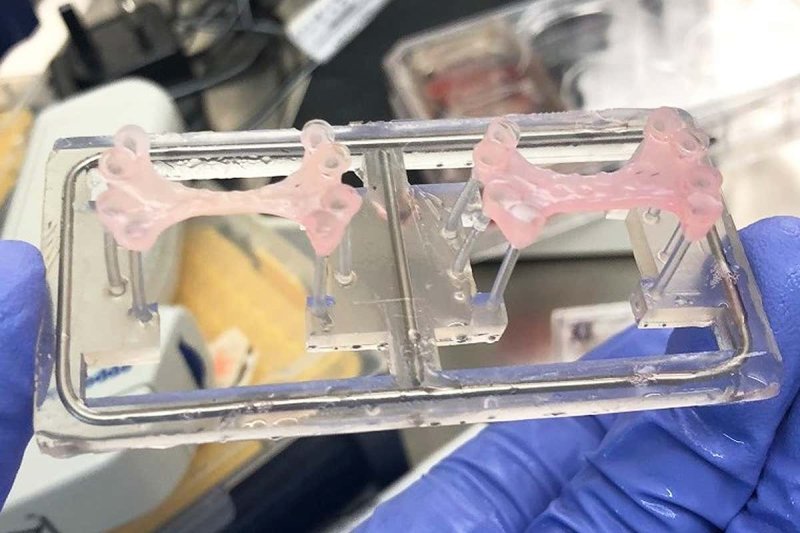Restoring damaged heart tissue has proved difficult if not impossible, but a research team from Imperial College London has a new tool they hope will be able to heal wounded hearts.
The team developed thumb-sized patches of heart tissue, about two by three centimeters in size and containing up to 50 million human stem cells. They programmed the stem cells to mature into working heart muscle, or cardiac progenitor cells. The patches are sewn onto the damaged area of the heart to help pump blood and release chemicals to stimulate repair and regeneration.
…
The team tested the patches in rabbits, finding that four weeks after implanting a patch, the hearts’ left ventricles (the chamber that pumps blood to the body through the aorta) recovered without developing abnormal heart rhythms. They also found that blood vessels from recipient hearts grew into the patches and helped nourish them, a crucial step for integration. The patches started to beat spontaneously after just three days, and within one month started to mimic mature heart tissue.
The next step is to test the safety of the patches through clinical trials, then attempt to use them to repair human hearts.
Read full, original post: This Lab-Grown Patch Could Repair Your Heart After a Heart Attack































